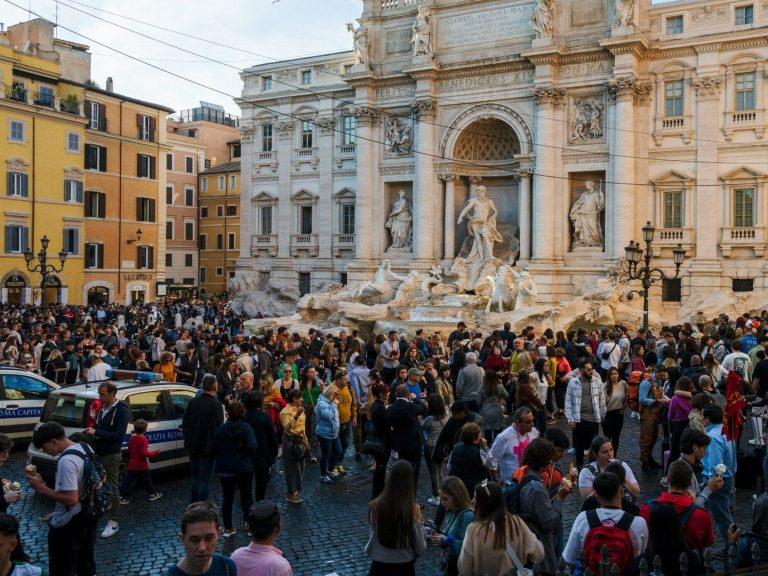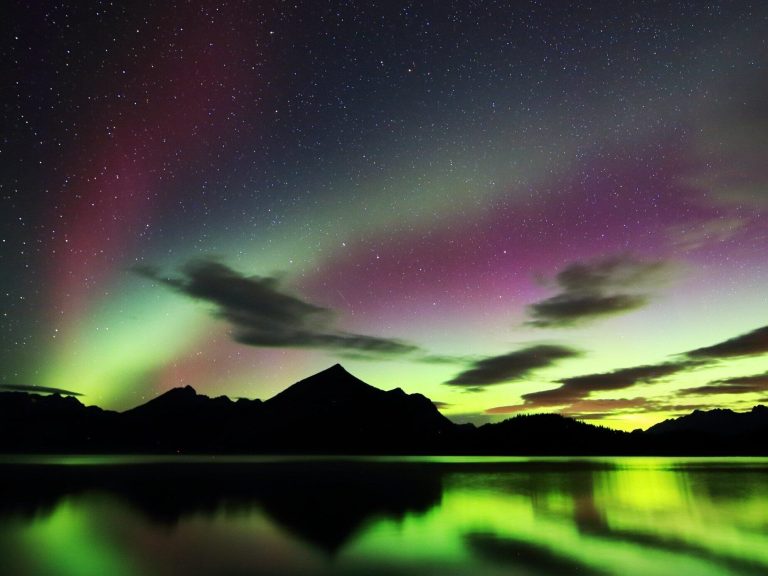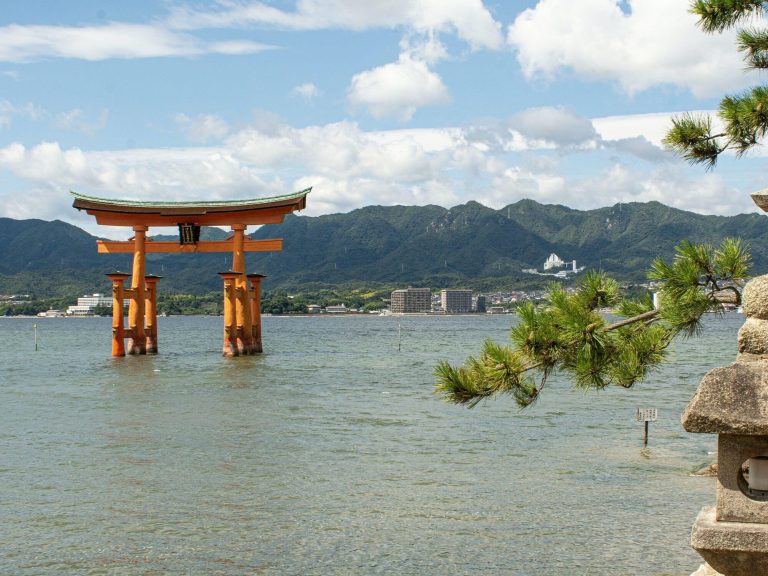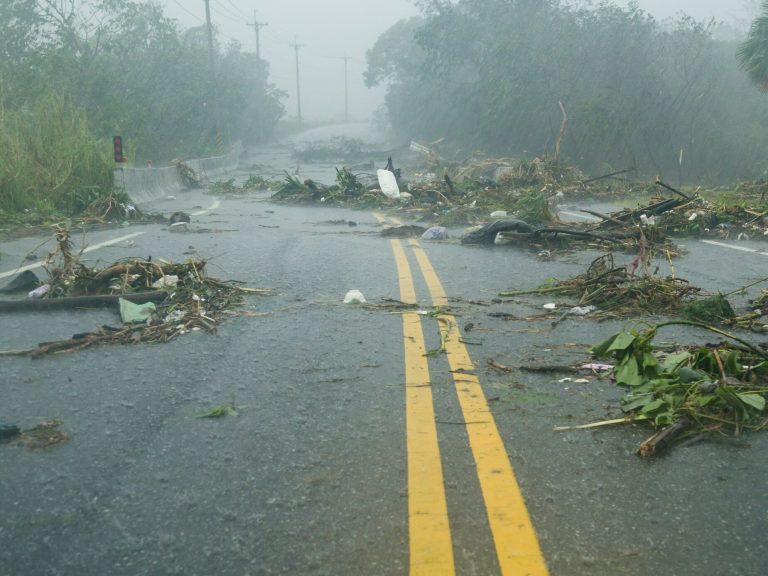Draconids 2023. When and where will we see shooting stars in October?
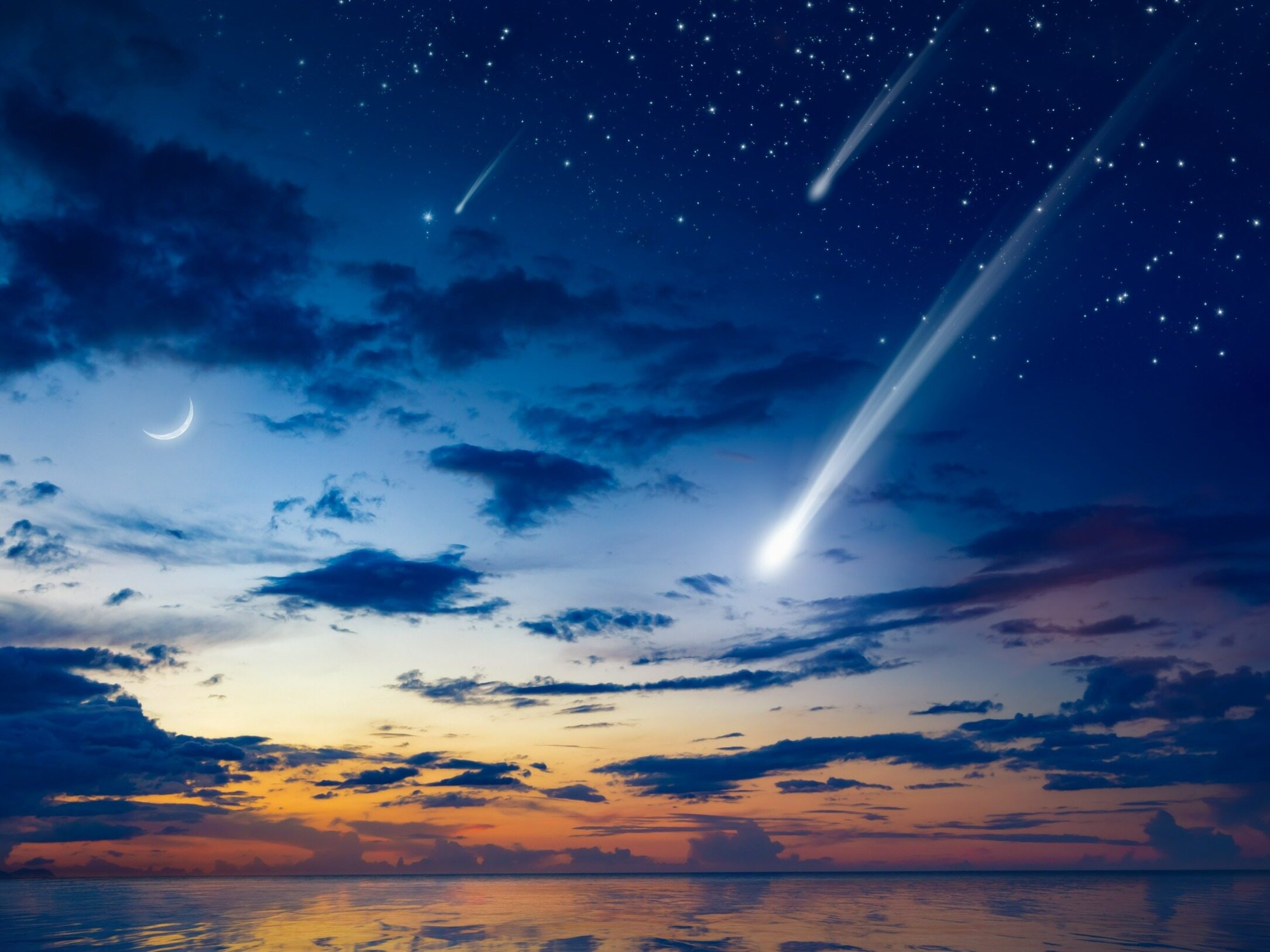
The Draconids and Orionids are shooting stars that can be seen in the sky in October. When and where should you look for them?
- What are Draconids?
- When will we see Draconids 2023?
- Where to observe Draconids 2023?
Draconids 2023 is a treat for night sky lovers. Although the Perseid meteor shower is behind us, in October we can also observe beautiful phenomena in the sky. Ahead of us are the Draconids and Orionids – shooting stars.
What are Draconids?
The Draconids (or Giacobinids) are a meteor shower that is the remnant of the periodic comet 21P/Giacobini-Zinner. They are created when Earth collides with pieces of dust ejected by Comet Radiant. It is then located in the constellation of the Dragon (Draconis), which is where their name comes from.
When will we see Draconids 2023?
We can see the Draconids in the sky between October 6 and 10. However, it is worth being patient because their intensity is not as high as the Perseids.
The Draconids shower produces approximately 10 meteors per hour under ideal conditions, i.e. if we go outside the city, the sky will be very black, there will be no clouds, and the radiant, i.e. the place from which the meteors “fly out”, will be high above the horizon – says astronomer Jerzy Rafalski from the Planetarium Space Popularization Center in Toruń.
Where to observe Draconids 2023?
It is best to observe Draconids 2023 outside the city, in places with a lot of darkness. October nights are darker than summer nights, so the stars are clearly visible in the night sky. If we choose a place where there are no light points, lanterns or buildings, the Draconids will be better visible. However, it is worth remembering that we will not see them if the sky is cloudy that day.
The best place to observe the night sky in Poland is the Bieszczady Mountains. These mountains are far from large cities, and the constellations and stars are perfectly visible. It is not without reason that the Starry Sky Park was created there, one of the unique places in Europe, which aims to promote the protection of the natural environment at night with an emphasis on the dark, starry sky.

